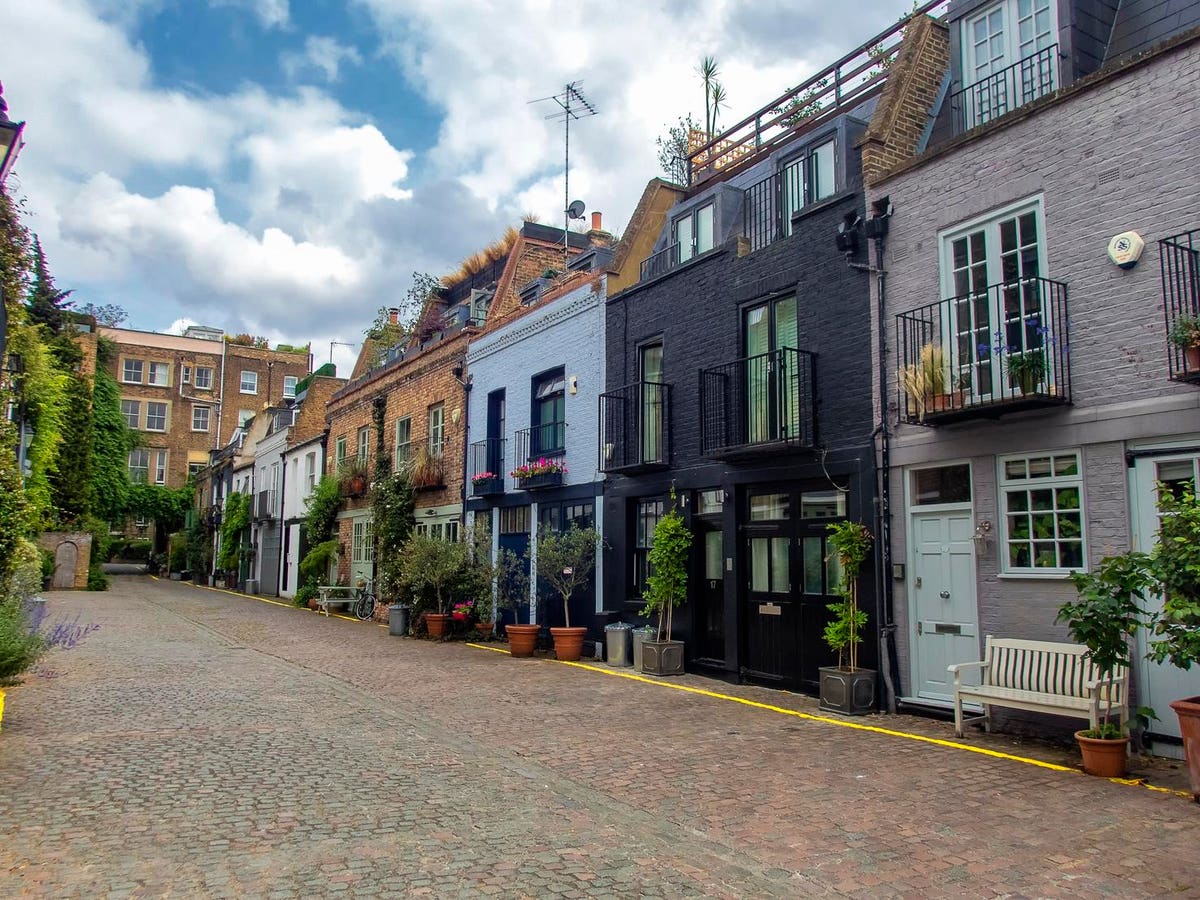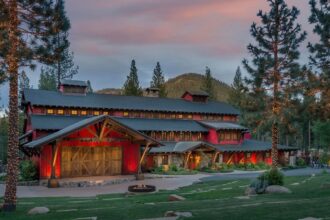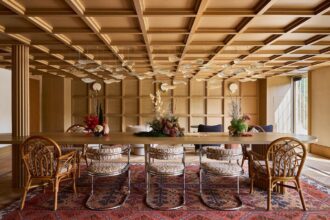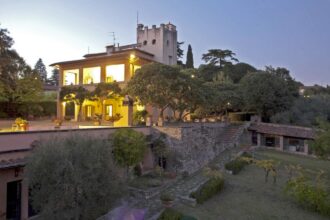Many first-time visitors to the West London district of Notting Hill arrive with a handful of preconceptions grown from a passing familiarity with the Portobello Road Market, the annual Notting Hill Carnival or the 1990s romantic comedy that bears its name.
Not all presumptions are inaccurate, however, and in the case of Notting Hill, these three distinct images paint a reasonably realistic portrait of the culture of this London neighborhood—one that exemplifies London’s rich history, diversity and unique charm.
Still, there is much more than quaint shops and Hugh Grant’s blue door in Notting Hill and the neighborhood has become harder to pin down as it continues to evolve.
Approximately 60 years ago, Notting Hill was the locale for a vibrant immigrant culture, particularly from the West Indies, along with a presence of young bohemians. Today, the neighborhood is known as one of the most affluent in London, filled with boutique shops and pricey real estate.
While much has changed in the last half-century, Notting Hill has yet to lose its foundation as a home to people from all walks of life, says Charlie Cunningham-Reid of London brokerage Chestertons.
“Notting Hill isn’t like some other wealthy parts of London where the residents are almost exclusively wealthy. There’s a hugely varied profile of people, and you’ve got so many different sorts of shops, restaurants and cafes that accommodate that diversity.”
The leading Notting Hill agent continued, “The neighborhood is not a showy place, the people aren’t showboats, and I think that’s a hugely important part of the culture and character.”
Homes in Notting Hill
Architecture in the neighborhood is perhaps most often associated with the stretches of pastel-hued terraced houses, or townhomes, that run in succession along entire blocks, a colorful sight that has served as fodder for many a tourist’s Instagram posts.
Local Londoners, however, may be more familiar―and envious―of properties that have access to one of Notting Hill’s communal gardens, a somewhat misleading name as these green spaces are exclusive to residents with homes in surrounding buildings.
To compete with these rare and difficult-to-obtain communal garden offerings, other luxury properties can feature roof terraces or private gardens.
With the neighborhood ever-growing in popularity and prestige, some of the area’s larger homes have been chopped into flats to meet the demands of today’s buyers, many of whom are young professionals looking for one to two bedrooms.
That being said, more sizable homes suited for families are still available, some even reaching nine bedrooms and upward.
Prices in Notting Hill
“I don’t think there’s another area in London that has got such a range of values. It’s quite extreme,” says Cunningham-Reid. “You can buy a two-bedroom for £500,000 [approximately USD 636,000] or you can buy a two-bedroom for £6 million approximately [USD 7,628,000] on a nearby street.”
This discrepancy exists for a variety of reasons, continued Cunningham-Reid, including universal factors like size, condition and age, but also more location-specific, with the postcode, street and even individual address playing a major role in pricing.
“It’s better to have the worst flat on the best street than the biggest house on the worst street. There are addresses in Notting Hill that are prime real estate, meaning that if there’s a falling market, the property holds its value, and I think that peace of mind is worth its weight in gold.”
Despite the existence of relatively more affordable housing, Notting Hill is still considered one of the most expensive neighborhoods in London, with an average price per square foot at roughly £1,500 (or about USD 1,900).
The Vibe of Notting Hill
Notting Hill is known the world round for its shopping. Those looking for clothes, furniture or bric-a-brac will find an abundance of offerings, from the many small shops stuffed to the brim with antiques to bespoke, high-end fashion and interior design stores.
Dining is equally as distinct. Travelers from different corners of the world may be surprised to find a restaurant cooking up dishes from their homelands, from Chile to Greece to Pakistan.
In true London fashion, the area is also home to renowned theaters, including The Coronet Theatre and the Gate Theatre, both regarded as leading fringe venues.
Cunningham-Reid explained, “There’s lots to do here, so it’s an area that people move to in order to live not so much to leave.”
Schools in Notting Hill
State schools in Notting Hill are considered well-appointed, with all in the area, save for one exception, rated as “good” or better by the Office for Standards in Education, Children’s Services and Skills (Ofsted), a nonministerial government department.
Private schools make up the majority of schooling options available, including Pembridge Hall, Wetherby and Notting Hill Prep―all regularly regarded as some of the best prep schools in London.
An increasing number of international students has meant the introduction of more bilingual schools.
Surrounding Notting Hill
Located west of central London, Notting Hill has easy access to Heathrow Airport, a roughly 30-minute drive due west.
To the south lies Kensington and Chelsea.
Just to the east is Hyde Park, the largest of the four royal parks in London.
MORE FROM FORBES GLOBAL PROPERTIES
Read the full article here










